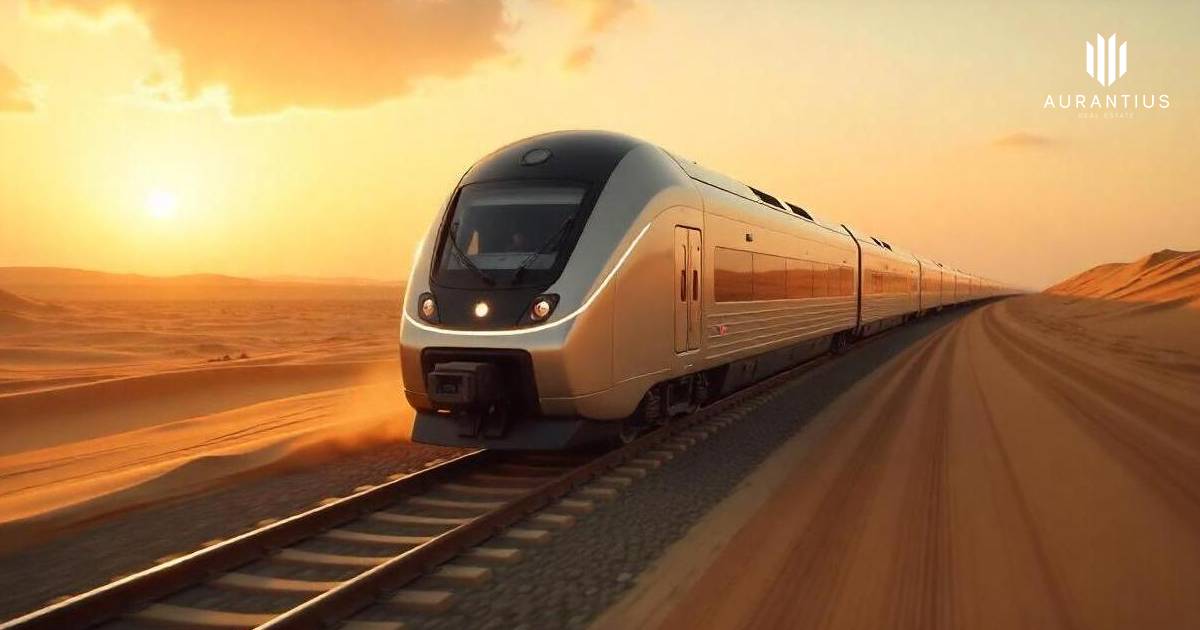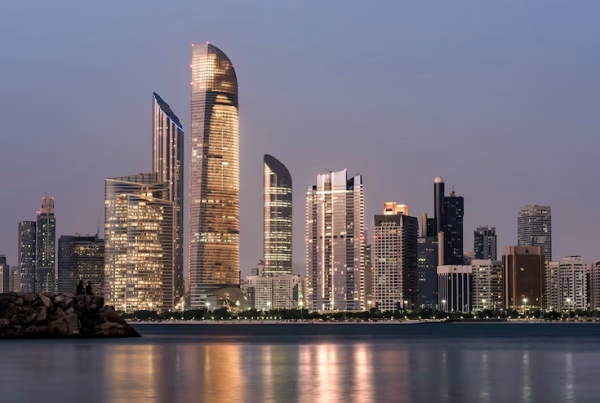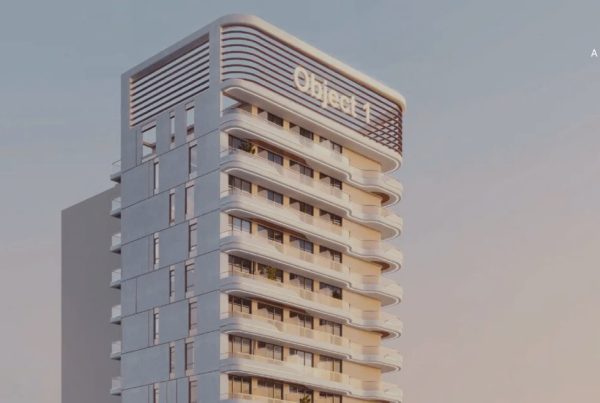Etihad Rail Set to Reshape UAE Real Estate: Tier-2 Cities Poised for Growth
The UAE’s property market is on the verge of a major transformation with the upcoming launch of Etihad Rail’s passenger services in 2026. Real estate experts believe this landmark project will significantly boost Tier-2 and Tier-3 cities, such as Fujairah, Ras Al Khaimah, Al Dhaid, and Ruwais, by enhancing connectivity with major hubs like Dubai and Abu Dhabi. As commuting becomes faster and more convenient, these regions are expected to see surging demand, higher property values, and improved rental yields.

How Etihad Rail Will Transform Real Estate Demand
Spanning 900 kilometers and connecting 11 cities across all seven emirates, Etihad Rail is projected to carry over 36.5 million passengers annually by 2030. With reduced travel times—for instance, cutting Dubai-to-Abu Dhabi trips from 2 hours to just 50 minutes—locations once considered “too far” will become viable residential and investment destinations. This change will directly impact communities such as Fujairah, Ras Al Khaimah, and Al Ain, fueling both off-plan and ready home demand.
Boost for Tier-2 and Tier-3 Cities
Traditionally, Tier-1 cities like Dubai and Abu Dhabi have dominated real estate activity due to their advanced infrastructure and employment hubs. Tier-2 cities, by contrast, offered more affordability but lacked accessibility. Etihad Rail is set to erase this gap. As commuting costs and time shrink, more residents will consider relocating to Tier-2 areas for larger homes, lower costs, and improved quality of life, while still maintaining easy access to prime business districts.
Expert Insights on Rising Demand
According to Mark Castley, CEO of Real Estate at Huspy, the launch of Etihad Rail will unlock fresh demand in satellite cities and emerging communities. He notes that tenants and buyers are already showing interest in rail-connected zones, anticipating reduced transportation expenses. Similarly, Firas Al Msaddi, CEO of fäm Properties, predicts a surge in land values in Fujairah, Al Dhaid, and Ruwais—not due to speculation, but from genuine demand fueled by infrastructure upgrades.
Transit-Oriented Developments on the Rise
Etihad Rail is also expected to create new transit-oriented developments (TODs) around confirmed station areas. These mixed-use communities will feature residential units, retail spaces, and commercial hubs designed for walkability and modern urban living. Anticipated zones such as Mussafah, University City, and Sakamkam are poised to benefit the most from TOD-driven growth.
Weekend and Secondary Home Markets
The expansion of Etihad Rail will also redefine the concept of second homes. Families in Dubai may find it feasible to own weekend beachfront villas in Fujairah or vacation homes in Ras Al Khaimah, as these destinations will be under an hour’s journey. This trend will encourage developers such as Aldar and DAMAC to launch projects catering to lifestyle-driven buyers looking for affordable luxury outside Dubai’s core areas.
Case Study: Lessons from Japan
Similar infrastructure projects worldwide underline the impact of high-speed rail on real estate. The Tokyo-Osaka Shinkansen Line in Japan transformed satellite cities like Nagoya, which saw a 40% increase in commercial land values and a 60% surge in housing demand within five years of completion. Etihad Rail is expected to bring comparable results, though on a UAE-wide scale, given its advanced, tech-enabled design and absence of legacy infrastructure challenges.
Wider Economic Implications
Beyond real estate, Etihad Rail promises to reshape productivity, business flows, and tourism across the emirates. The reduced opportunity cost of movement—be it people, goods, or capital—will create new high-performance corridors such as Jumeirah Golf Estates, transforming them into competitive residential and commercial hubs.
Conclusion
Etihad Rail is not just a transportation project—it is a catalyst for nationwide transformation. By compressing time and distance, it will unlock new real estate opportunities across Tier-2 and Tier-3 cities, driving property price appreciation and boosting rental yields. Developers, investors, and families alike stand to benefit from this infrastructure revolution, making 2026 and beyond a turning point for UAE real estate.
For the latest property listings in Dubai and beyond, explore Aurantius Real Estate and discover how new infrastructure projects are reshaping the UAE’s investment landscape.











